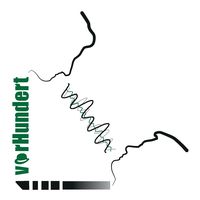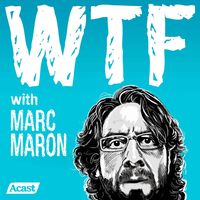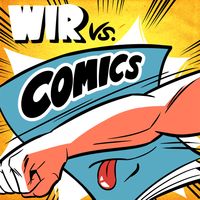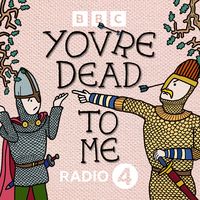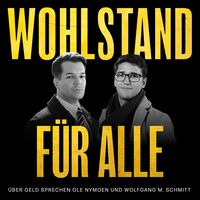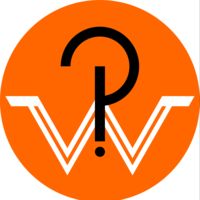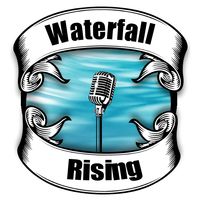The Cold War, Prohibition, the Gold Rush, the Space Race. Every part of your life - the words you speak, the ideas you share - can be traced to our history, but how well do you really know the stories that made America? We'll take you to the events, the times and the people that shaped our nation. And we'll show you how our history affected them, their families and affects you today. Hosted by Lindsay Graham (not the Senator). From Wondery, the network behind American Scandal, Tides of History, American Innovations and more.You can binge new seasons of American History Tellers early and ad-free on Wondery+. Join Wondery+ in the Wondery app or on Apple Podcasts.
https://wondery.com/shows/american-history-tellers/?utm_source=rss
Gesamtlänge aller Episoden: 9 days 10 hours 17 minutes
recommended podcasts
- season 1
- season 2
- season 3
- season 4
- season 5
- season 6
- season 7
- season 8
- season 9
- season 10
- season 11
- season 12
- season 13
- season 14
- season 15
- season 16
- season 17
- season 18
- season 19
- season 20
- season 21
- season 22
- season 23
- season 24
- season 25
- season 26
- season 27
- season 28
- season 29
- season 30
- season 31
- season 32
- season 33
- season 34
- season 35
- season 36
- season 37
- season 38
- season 39
- season 40
- season 41
- season 42
- season 43
- season 44
- season 45
- season 46
- season 48
- season 49
- season 50
- season 51
- season 52
- season 53
- season 54
- season 55
- season 56
- season 57
- season 58
- season 59
- season 60
- season 61
- season 62
- season 63
- season 64
- season 65
- season 66
- season 67
- all
- 1
- 1
episode 1: The Triangle Shirtwaist Factory Fire - Wildcat
On March 25, 1911, a fire broke out at the Triangle Shirtwaist Factory in Manhattan, claiming the lives of 146 garment workers — mostly women and girls. It was one of the deadliest workplace disasters in American history. Caused by a combination of carelessness and poor safety measures, the fire eventually set off a wave of workplace reforms that changed industry in America and sent New York party politics in a totally different direction...
episode 2: The Triangle Shirtwaist Factory Fire - Revolt of the Girls
Inspired by the labor strikes at Triangle and other factories in Lower Manhattan, more than 30,000 garment workers took to the streets of New York in protest in late 1909. For the first time, an industry of women sought not to just halt production at one factory — they wanted to put the brakes on an entire trade. With over four hundred garment factories shut down, factory owners banded together with police and the courts to fight the striking workers...
episode 3: The Triangle Shirtwaist Factory Fire - Sixteen Minutes
Two years after the labor strikes that shook the city of New York, the workers of Triangle factory returned to better wages and lower hours. But when a fire broke out near closing time on a Saturday afternoon, these same workers found themselves swept up in a catastrophe. Some would escape, but many would not. In the weeks that followed, a city mourned and began to wrestle with questions of responsibility...
episode 4: The Triangle Shirtwaist Factory Fire - In America They Don’t Let You Burn
In the wake of the biggest workplace catastrophe in the city of New York, the survivors of the Triangle fire and the families of the victims could only watch from the sidelines as the case against the Triangle bosses went to trial. The 146 deaths resulting from the fire had been sifted through the state’s legal machine and condensed into a single woman: a 24-year-old sewing machine operator named Margaret Schwartz...
episode 5: The Legacy of The Triangle Fire
In September 2019 Democratic Senator and presidential candidate Elizabeth Warren invoked the memory of the Triangle Shirtwaist Factory Fire at a campaign rally just a few blocks from the site of fire in Manhattan. It was a powerful reminder of just how deep the legacy of the disaster runs. Organized labor and workplace safety have come a long way since the fire but after years of political opposition, unions and worker rights are on the decline. In the U.S., unions represent 6...
- 1
- 1

